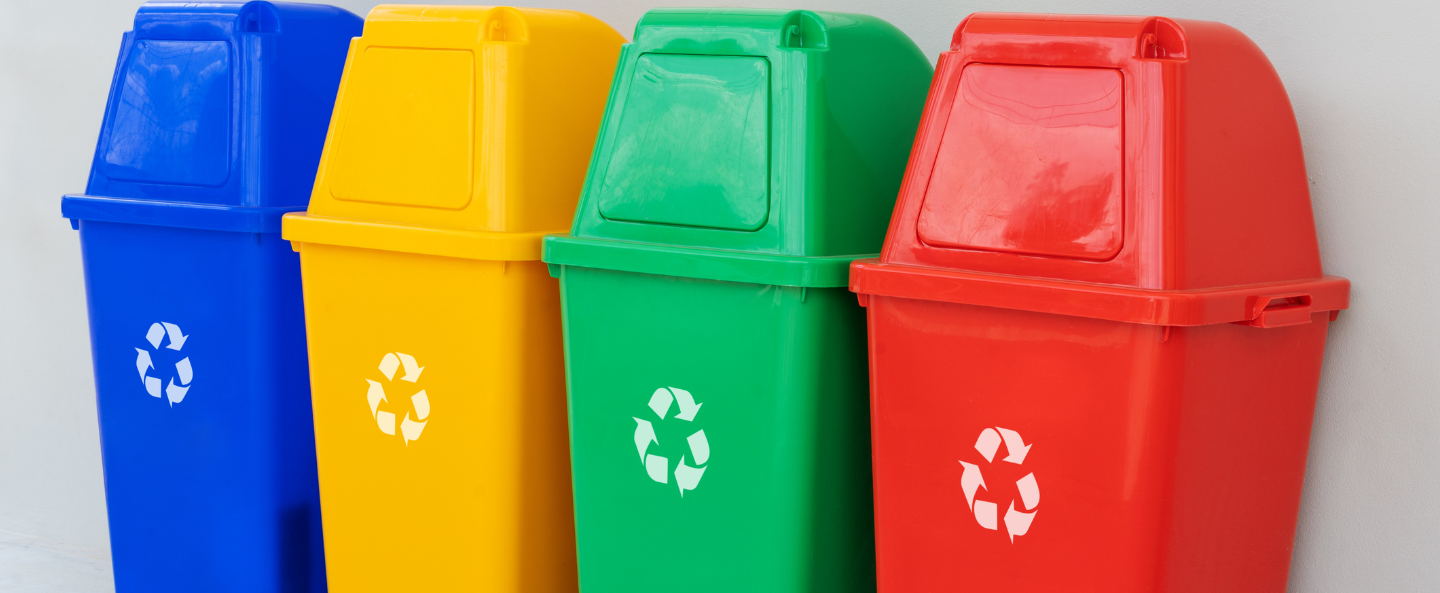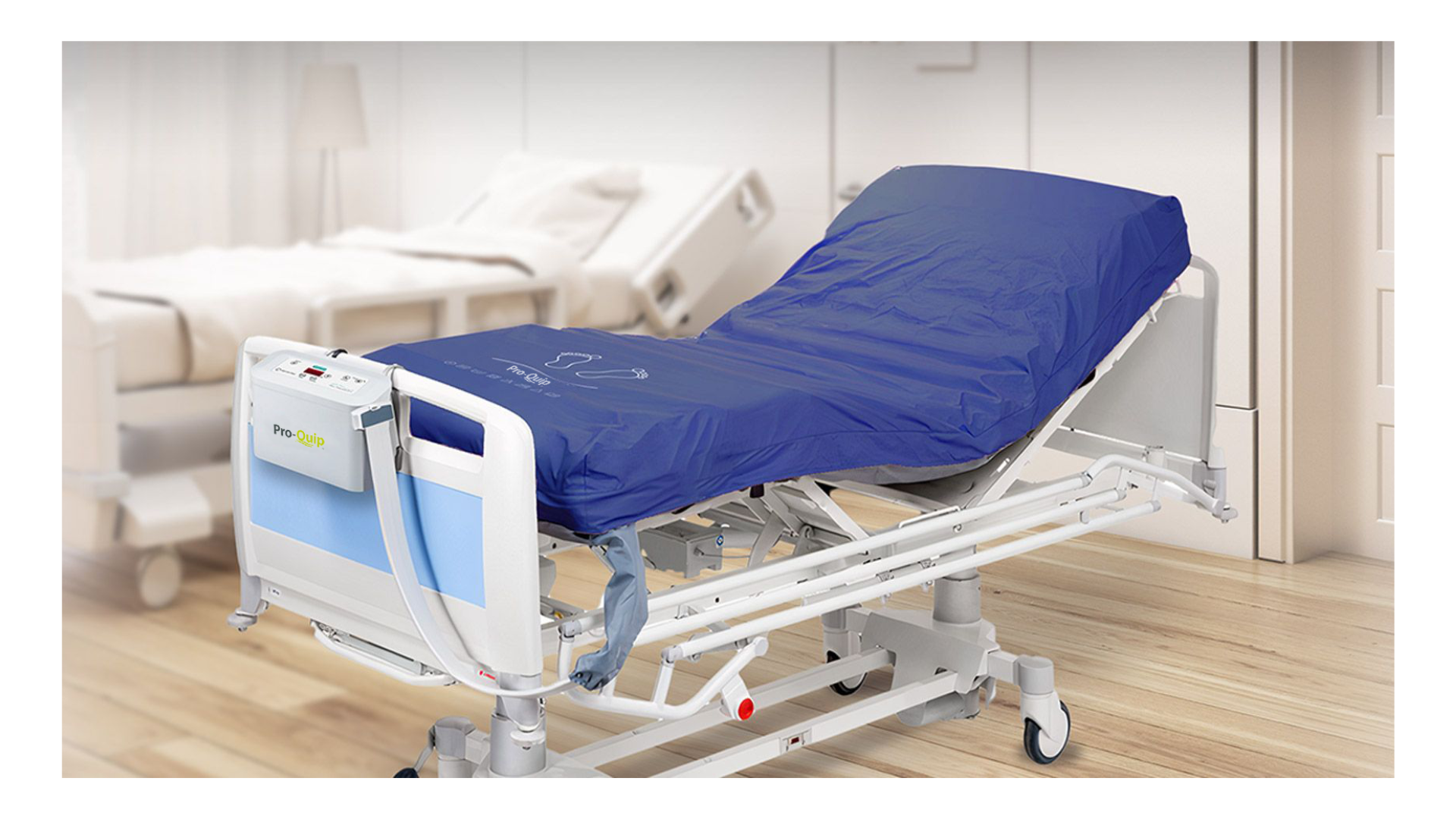Control of Substances Hazardous to Health (COSHH) compliance in care homes is not just a legal requirement; it's a fundamental aspect of ensuring the safety and well-being of both residents and staff. With a range of hazardous substances present in everyday care home operations, from cleaning agents to medical products, understanding and complying with COSHH regulations is vital. As a care home manager you need to be on top of these regulations to maintain a safe environment.
Key takeaways
-
Familiarise yourself with COSHH regulations to maintain safety in care homes
-
Conduct regular risk assessments to identify and mitigate potential hazards
-
Provide mandatory training for staff to enhance COSHH competency
-
Recognise and understand hazardous substance symbols to prevent accidents
-
Implement ongoing support and training for continuous improvement
Understanding COSHH regulations
Navigating the intricacies of COSHH regulations might feel like a daunting task, but it's an essential one. These regulations are designed to protect not just your staff, but also your vulnerable residents from the dangers posed by hazardous substances. COSHH compliance in care homes involves understanding the rules set out by the Health and Safety Executive (HSE), which provides crucial guidance to help you stay on track.
For care home managers, staying updated with any changes to COSHH regulations is imperative. Compliance isn't a one-off task; it requires constant vigilance and adaptation to new guidelines. By keeping abreast of updates, you protect your facility from potential legal repercussions and, more importantly, safeguard the health of everyone involved.
The importance of COSHH in preventing workplace injuries and illnesses cannot be overstated. Care homes, with their unique challenges, demand comprehensive knowledge of these regulations. Empowering your staff with this knowledge not only creates a safer environment but also instills a culture of safety and responsibility. When everyone knows the stakes and their role in compliance, maintaining a hazard-free workplace becomes a collective effort.

Conducting risk assessments
Risk assessments are the backbone of COSHH compliance. They help you identify potential hazards that could arise from the use or presence of hazardous substances in your care home. Regular assessments are not just a box-ticking exercise; they're a proactive approach to safety that can prevent incidents before they occur.
Trained personnel should carry out these risk assessments to guarantee accuracy and thoroughness. It's not merely about spotting obvious dangers; it's about understanding how specific substances interact with the unique environment of a care home. This includes considering the specific needs and vulnerabilities of residents, who may be more susceptible to certain hazards.
Once you've conducted a risk assessment, it's vital to document the findings and share them with all relevant staff members. Transparency ensures everyone is on the same page and understands the risks involved. A well-documented risk assessment also provides a clear action plan for implementing control measures promptly, ensuring that your care home remains compliant and safe.
Providing mandatory training for care home staff
Training is the cornerstone of effective COSHH compliance. As a care home manager, organising regular training sessions for all staff members is non-negotiable. These sessions should be practical and tailored to the specific environment of your care home, covering the safe handling, storage, and disposal of hazardous substances.
Incorporating practical examples from everyday scenarios within the care home can enhance understanding and retention. When staff can relate training to real-world situations, they're more likely to apply what they've learned. Regular refresher courses are also crucial, as they help maintain high levels of competency and ensure that knowledge remains fresh.
Well-trained staff contribute significantly to a safer and more compliant care home environment. They become your first line of defence against accidents and incidents, equipped with the skills and knowledge to manage hazardous substances safely and effectively.
Identifying hazardous substance symbols
Recognising hazardous substance symbols is a skill that could prevent accidents. In a care home setting, where various chemicals and substances are used daily, understanding these symbols is vital. They provide immediate information about the potential dangers and necessary precautions.
Clear labelling of hazardous substances is a must. When staff can quickly identify potential dangers, they can take appropriate precautions to avoid accidents. Visual aids, such as posters displaying these symbols, can further enhance understanding and serve as constant reminders.
If staff encounter any unlabeled substances, they should report them to management immediately. This prompt action ensures that potential hazards are addressed swiftly, maintaining the safety of the environment. Familiarity with these symbols empowers staff to handle substances safely and confidently.
Implementing ongoing support
COSHH compliance doesn't stop at initial training. Continuous support and training are necessary to maintain high standards of safety. Managers play a crucial role in providing this ongoing support, ensuring that staff remain informed and competent in handling hazardous substances.
Regular feedback sessions offer staff the opportunity to discuss any challenges they face and improve their handling techniques. These sessions encourage an open dialogue, fostering a culture of safety and accountability within the care home. Access to up-to-date COSHH resources also keeps staff informed about the latest best practices and regulations.
Mentorship programmes can further enhance this culture by pairing experienced staff with those who are less familiar with COSHH responsibilities. This peer-to-peer learning approach empowers staff and reinforces the importance of compliance in everyday operations.
Using compliant products
The products you use in your care home play a significant role in COSHH compliance. Sourcing compliant products that meet safety standards is essential. Suppliers should provide safety data sheets for all chemicals used, ensuring you have the necessary information to assess potential risks.
Regularly reviewing the products in use is also crucial. This review process can highlight substances that might no longer meet COSHH standards, prompting you to seek safer alternatives. By prioritising compliant products, you reduce the likelihood of harmful incidents and create a safer environment for everyone in the care home.
Conducting regular inspections in care homes
Routine inspections are an effective way to ensure that COSHH measures are implemented and maintained. They provide an opportunity to assess the condition and storage of hazardous substances, ensuring they remain in compliance with safety regulations.
If any non-compliances are identified during these inspections, managers must address them immediately. Tackling issues head-on prevents them from escalating into more significant problems. Regular inspections also promote a proactive approach to COSHH compliance, keeping safety at the forefront of daily operations.
Documenting inspection findings helps track improvements and identify areas that need development. This record-keeping is invaluable for ongoing compliance efforts and demonstrates your commitment to maintaining a safe care home environment.
Developing practical skills for handling hazardous substances
Practical skills are essential for effectively managing hazardous substances. Staff should engage in hands-on training that goes beyond theoretical knowledge. Simulation exercises, for example, can prepare staff to respond effectively to potential COSHH incidents.
Such training should cover emergency procedures and spill management, equipping staff with the skills needed to handle unexpected situations. By developing these practical skills, staff gain confidence in their ability to manage COSHH-related tasks safely.
Skill development programmes not only enhance staff confidence but also empower them to maintain a safe and compliant care home environment. Practical knowledge is a powerful tool in the fight against workplace hazards.
Achieving COSHH compliance in care homes requires a multifaceted approach. From understanding regulations and conducting risk assessments to providing ongoing training and support, each step plays a crucial role in maintaining safety. By prioritising these essential tips, care home managers and staff can create a safer environment for everyone involved. Here at Fairfield Care we offer support and guidance to care homes regarding COSHH compliance, from product training and data sheets to bespoke COSHH folders available in hard copy or online. Find out more today.



